June 2018

Michael Jackson and Donald Trump in 1990.
Michael Jackson
National Portrait Gallery, London
Open June 28
“He was an unbelievably talented guy. He lost his confidence. He lost tremendous confidence because of, honestly, bad-bad-bad surgery. He had the worst. He had people that did numbers on him that were just unbelievable. Facially, you know, the plastic surgeons.” So opined the president of the United States on one of the few Americans more famous than he was — and one who, even more than Trump, knew his first enemy was the Fourth Estate. Michael Jackson had already flayed the media in “Leave Me Alone” (1987), which wove dumb rumors and actual misdeeds into a tapestry of post-truth. Then in 1993, a few days before Christmas, he took to the airwaves to quash allegations of child sexual abuse; he appeared like a hunted stag, voice quivering, nose reduced to a divot after who knows how many rhinoplasties. Watch Jackson’s Trumpian denunciation of “the incredible, terrible mass media,” and even the syntax may remind you of another 1980s star whose fortunes turned in the decades after. In 1994 Jackson settled with his accusers, and rented the penthouse of Trump Tower. The next year he put out HIStory, with its four-on-the-floor derogation of fake news: “Just because you read it in a magazine / Or see it on a TV screen / Don’t make it factual...”
When the artist Jordan Wolfson was just 21, he made a video that adapted Jackson’s 1993 address into a near-abstraction. In his work Neverland, the pop star’s desperate eyes (the one part of his face the surgeons did not touch) float in a sea of caffè-latte beige; the monochrome background, a color associated with no particular race, becomes a whirlpool in which the self drowns in mediated monotony. Wolfson was hardly the first artist to turn to the moonwalker — the boy who became the King of Pop, flying across the stage in his heels and militaria, and then Wacko Jacko, sliding across races and genders too. If the organizers of the National Portrait Gallery’s readymade blockbuster are right, Jackson “has become the most depicted cultural figure in visual art,” and the nearly four dozen artists here comprise an all-star cast: Andy Warhol, David Hammons, Paul McCarthy, Isa Genzken, Catherine Opie, Faith Ringgold, and the list goes on.
For most of them, Jackson exceeded the limits of the human, and had to be reckoned with as something like a divinity — although, a little pathetically, the NPG has failed to secure any of the four editions of his highest apotheosis, Jeff Koons’s porcelain Michael Jackson and Bubbles. The question hanging over this show (which tours afterwards to Paris, Bonn, and Helsinki) is whether we can be critical of gods, or whether, with an eye on the ticket desk, “Michael Jackson” recedes into the Trumpian logic of no apologies. For if Jackson was indeed the King of Pop, he certainly had a warped droit du seigneur — abusive, probably; inappropriate, without question. We’re going either way, and crossing our fingers for a portrait in more colors than black or white.
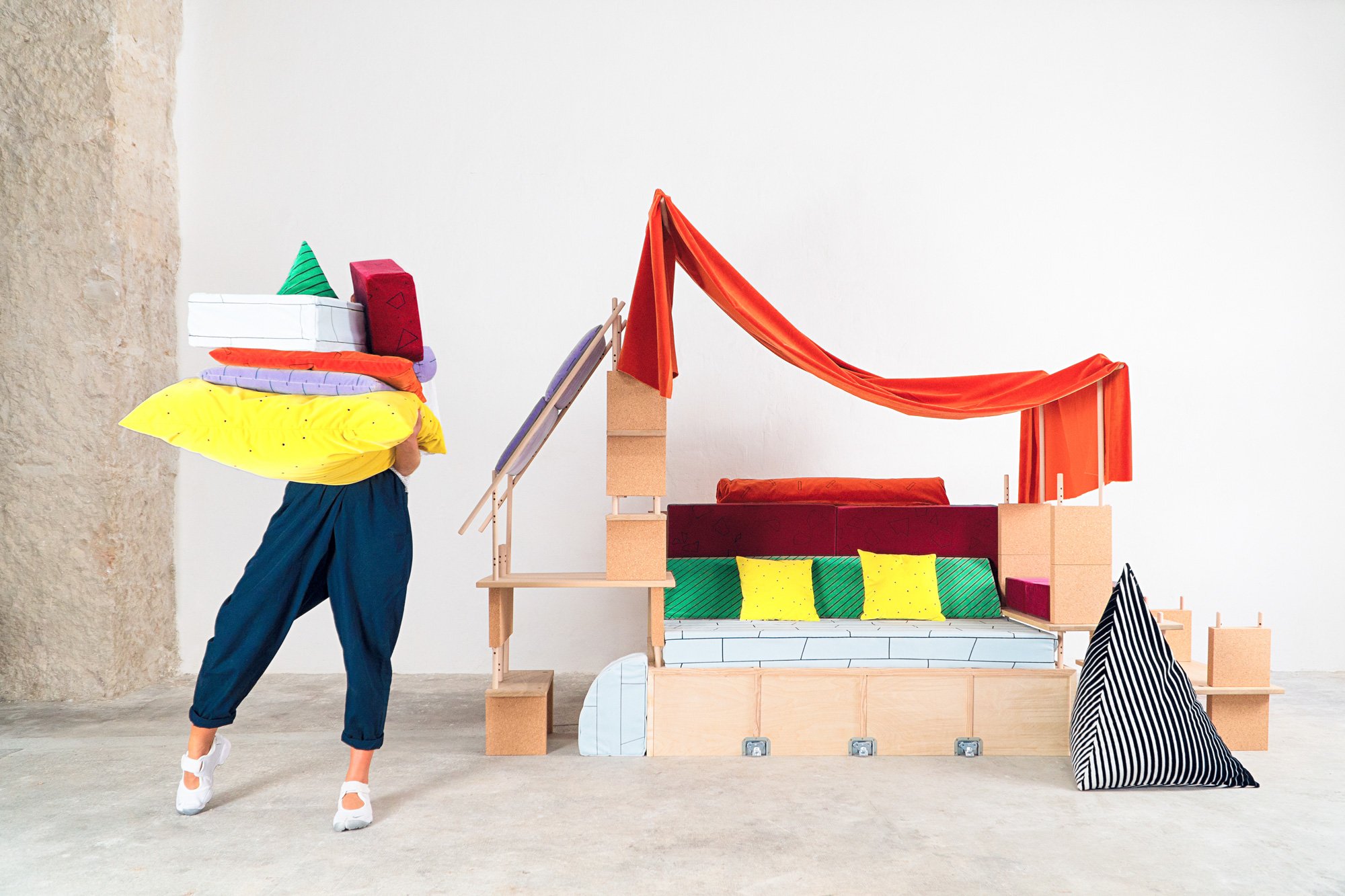
Yto Barrada
Aspen Art Museum
Opens June 1
Behind the wooden screens of Shigeru Ban’s serene museum, this dynamic Moroccan artist will present her poetic installations and videos that examine the workings of history, nation, and myth. (She also runs the Cinémathèque de Tanger, the best arts organization in Morocco’s most decadent city.) In faintly inked prints and old-style animations on 16mm film, Barrada treats the past as a dance constantly rechoreographed.

Bouchra Khalili
Jeu de Paume, Paris
Opens June 5
The French-Moroccan artist won international acclaim for her Mapping Journey Project, a wrenchingly urgent suite of videos in which migrants to Europe recount their traversals of the Mediterranean with only a paper map and a marker. Yet at times she slips into self-righteousness, as in her exhausting eulogy for the Greek economy at the last Documenta; this first retrospective, complete with a new film, offers a chance to see whether her subject matter must overpower her creativity.
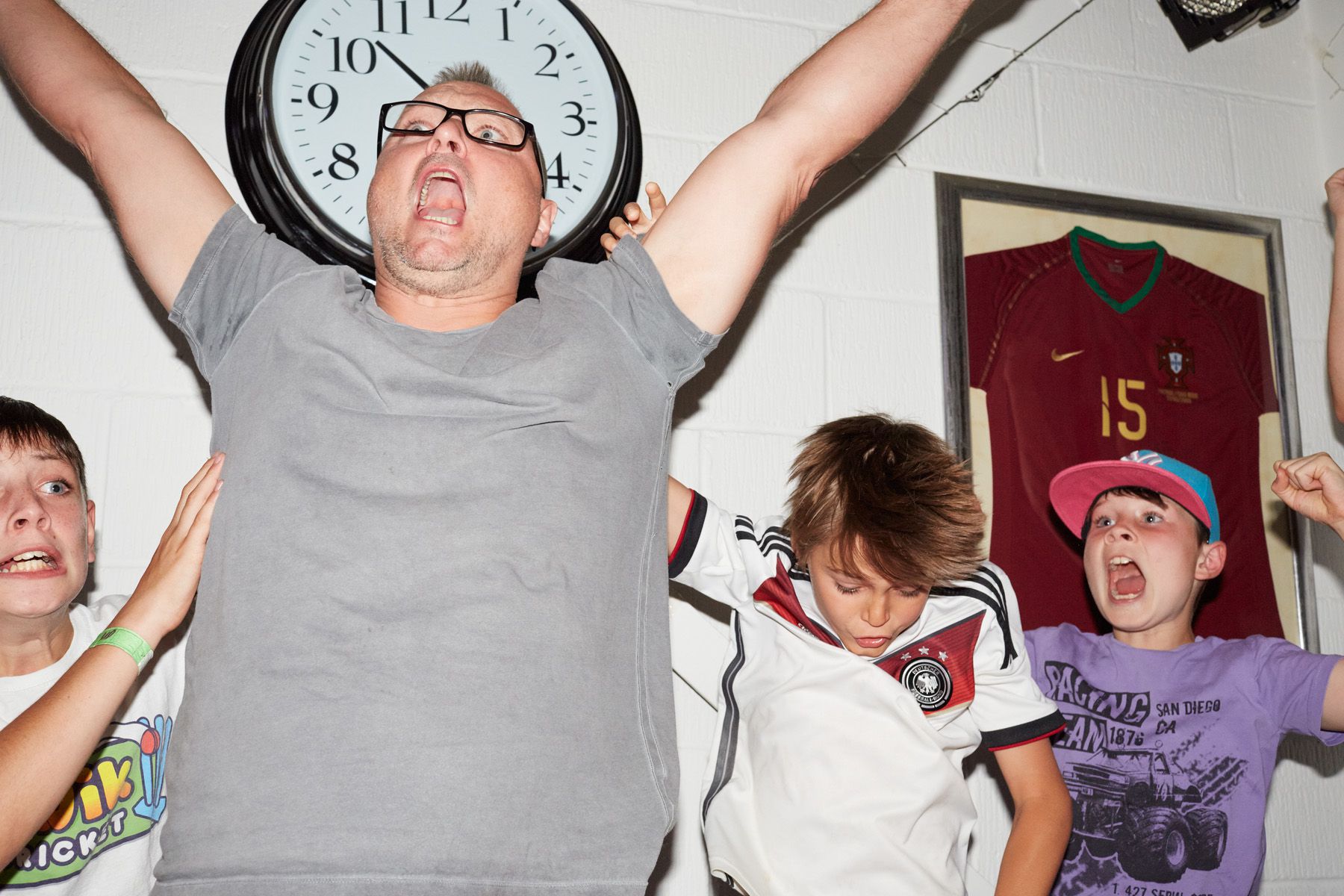
Juergen Teller
Garage Museum, Moscow
Opens June 8
Timed to the start of the World Cup across Russia, this show will reveal the naughty German photographer, known for his lo-fi campaigns for Céline and Vivienne Westwood, as a soccer maniac. Alongside photographs of a beaming Pelé — and a goaltending Charlotte Rampling — will be Teller’s series Siegerflieger, a mash note to the triumphant German squad of 2014. And expect broadcasts of the Mannschaft’s greatest goals throughout the museum.
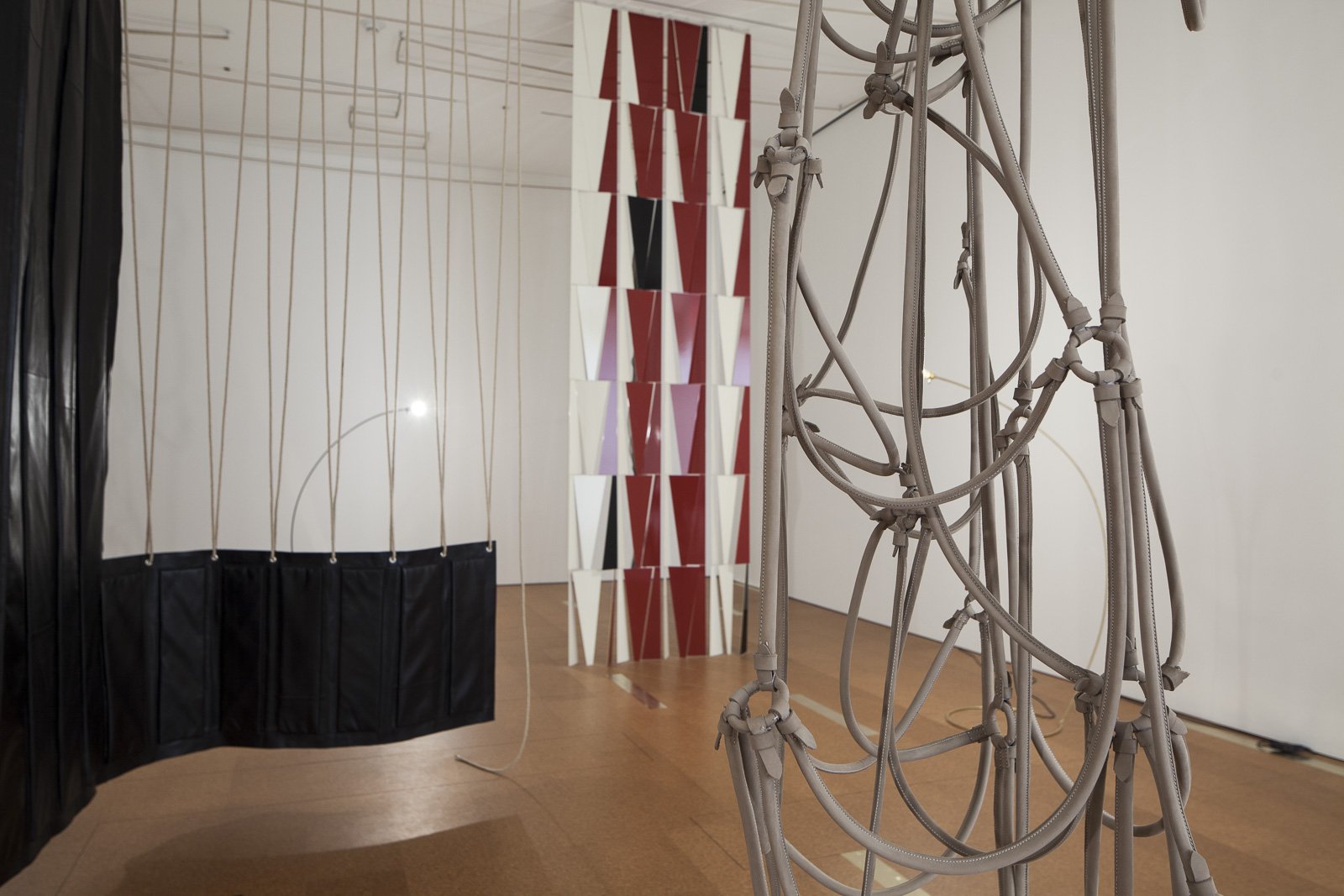
Leonor Antunes
Museo Tamayo, Mexico City
Opens June 8
Her delicate, handcrafted sculptures of leather, cork, rubber, and brass — inspired by design, but non-functional — have established this Portuguese artist as one of the most astute reinterpreters of our beautiful but busted modernist legacy. Antunes’s translations of the utopian ambitions of 20th-century design into skeins of hanging fabric or nets of tangled rope needle the unexamined tastes of today’s global design junkies, and they'll have a particular bite in Mexico City, a metropolis whose Airbnbs are now swarmed with gringoes with Barragán tastes and West Elm budgets.
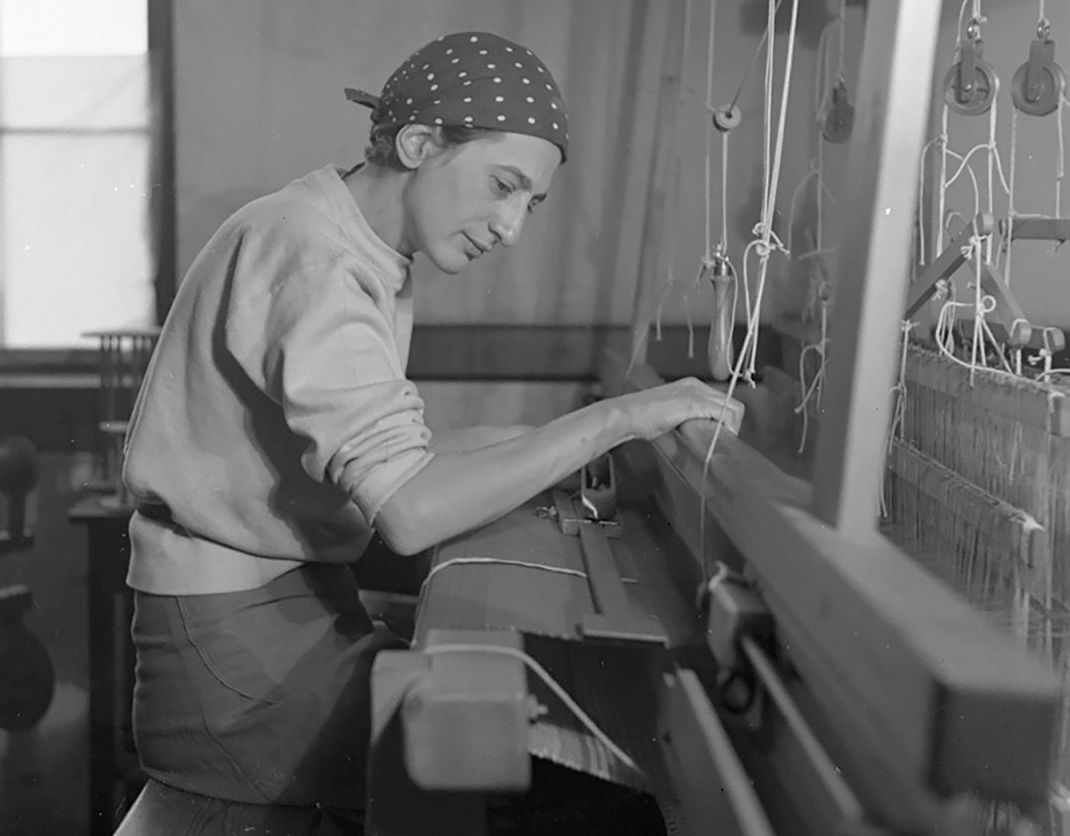
Anni Albers
K20, Düsseldorf
Opens June 9
As fiber art enjoys a resurgence in popularity, this retrospective of the greatest of modernist textile artists promises to offer much more than a history lesson. Alongside her husband Josef, Anni Albers taught first at the Bauhaus and then at Black Mountain College, and her syncopated woven abstractions, inspired by pre-Columbian textiles as much as Kandinsky and Klee, remain all too covetable. Travels to Tate Modern in October.
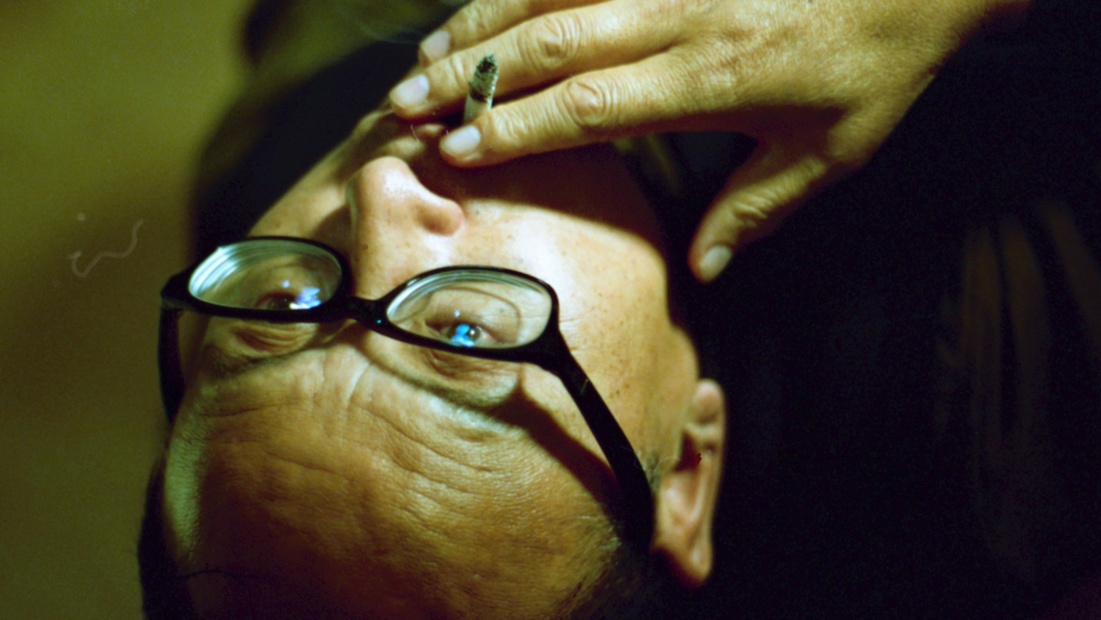
Ten Directions
Three Shadows Photography Art Centre, Beijing
Opens June 9
Timed to the tenth anniversary of China's most prestigious photography award, this survey of a decade's imagery promises to reveal much more than the breakneck transformation of the Middle Kingdom; whole languages of images have died and been born since the Olympic year of 2008. Among the three dozen photographers here, we especially admire the rough-edged portraiture of Luo Yang and the noirish videos of Wang Tuo.

Manifesta 12
Palermo, Italy
Opens June 16
This year’s edition of the roving European exhibition pops up in the Sicilian capital, and the curators — led by Ippolito Pestellini Laparelli, a partner in Rem Koolhaas’s firm OMA — are aiming to bury the bad biennial habit of inviting your friends for an arty party and then flying back north. Roll up for a “radically local” biennial, in which invited artists and Sicilian educational institutions propose future scenarios for a Mediterranean hub.

Historias afro-atlânticas
Museu de Arte de São Paulo and Instituto Tomie Ohtake, São Paulo
Opens June 29
Under its intrepid director Adriano Pedrosa, MASP has reembraced its initial disputatious view of Euro-American modernism — as embodied in Lina Bo Bardi's legendary permanent collection hang, in which everything hangs in a single gallery in strict chronological order. MASP's biggest show of the year, shared with another major museum here, is an epic study of African influence on the art of Brazil, the last country in the world to abolish slavery, as well as the place of Latin America within a black Atlantic heritage.